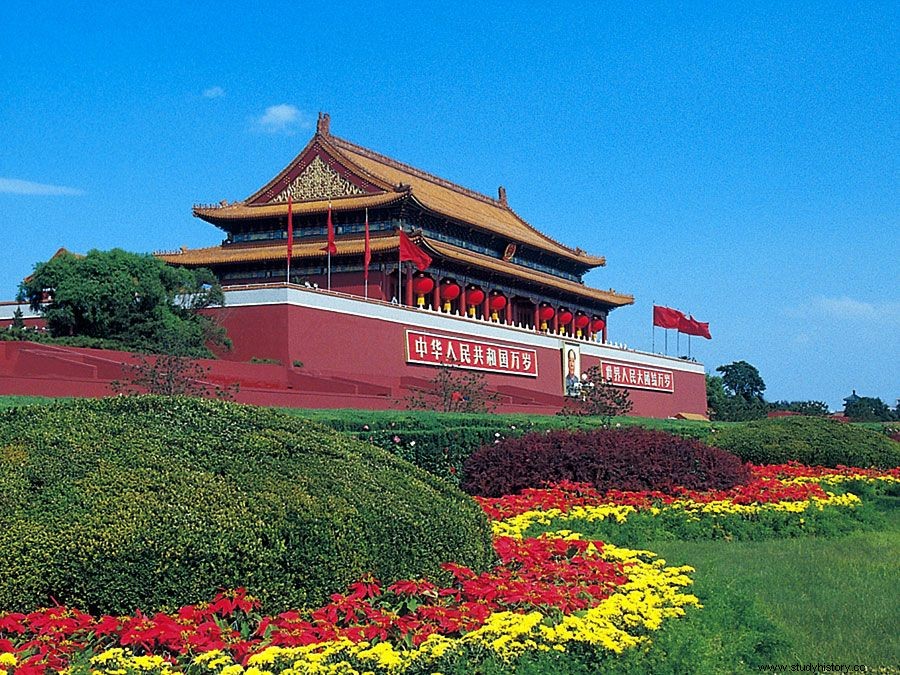Cathay , name under which Northern China in medieval known to Europe. The word is derived from Khitay (or Kitan), the name of a seminomadic people , the southeast of Left Mongolia in the 10th century ce to conquer part of Manchuria and northern China they held for about 200 years. Currently from Genghis Khan (died 1227) the Mongols had begun to refer to northern China as Kitai and southern China as Mangi. Kitai is still the Russian word for China.
 Britannica Quiz Exploring China:Fact or Fiction? Does China have about half the world's population? Is China the most densely populated country on earth? Test the density or sparsity of your knowledge of China with this quiz.
Britannica Quiz Exploring China:Fact or Fiction? Does China have about half the world's population? Is China the most densely populated country on earth? Test the density or sparsity of your knowledge of China with this quiz. It is believed that either Muslim merchants or two Franciscans who 1246 and 1254 the old Mongolian Capital Karakorum visited, introduced the Cathay name in Europe. But Marco Polo (1254–1324), who traveled to China nearly 50 years later, was the one who created the image of Cathay der really presented to the European public. His descriptions of a Cathay having a far more elaborate Culture After the collapse of Mongol power in the 14th century, European contact with China was lost, but the country's stories endured. Christopher Columbus and John Cabot thought they would go to Cathay on their travels to the New World. In fact, Columbus, who was carrying a copy of Marco Polo's book, believed he had reached Mangi, which he called to Cathay contiguous described . It was not noted that China and Cathay were the same place until the Spanish Augustinian monk Marin de Rade, 1575, and the Jesuit Matteo Ricci recorded the fact in 1607 when they proved that China could be reached by following Marco Polo's land route through Central Asia followed .
